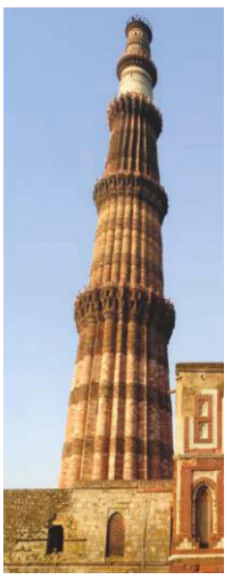![]() June 7, 2024
June 7, 2024
![]() 7669
7669
![]() 0
0
Imperial Style flourished under various dynasties that ruled during the Sultanate period, and each ruler imparted certain characteristics of his own.

|
|
Public Buildings of the Sultanate Period : Comprised of Sarai, Bridges, Baolis, Dams, Kachehri (Administrative Buildings), Kotwali (Police stations), Dak-Chauki (Post-Stations), Hammam (Public Baths), and Katra (Market Places).
|
|
Must Read |
|
| Current Affairs | Editorial Analysis |
| Upsc Notes | Upsc Blogs |
| NCERT Notes | Free Main Answer Writing |
<div class="new-fform">
</div>

Latest Comments